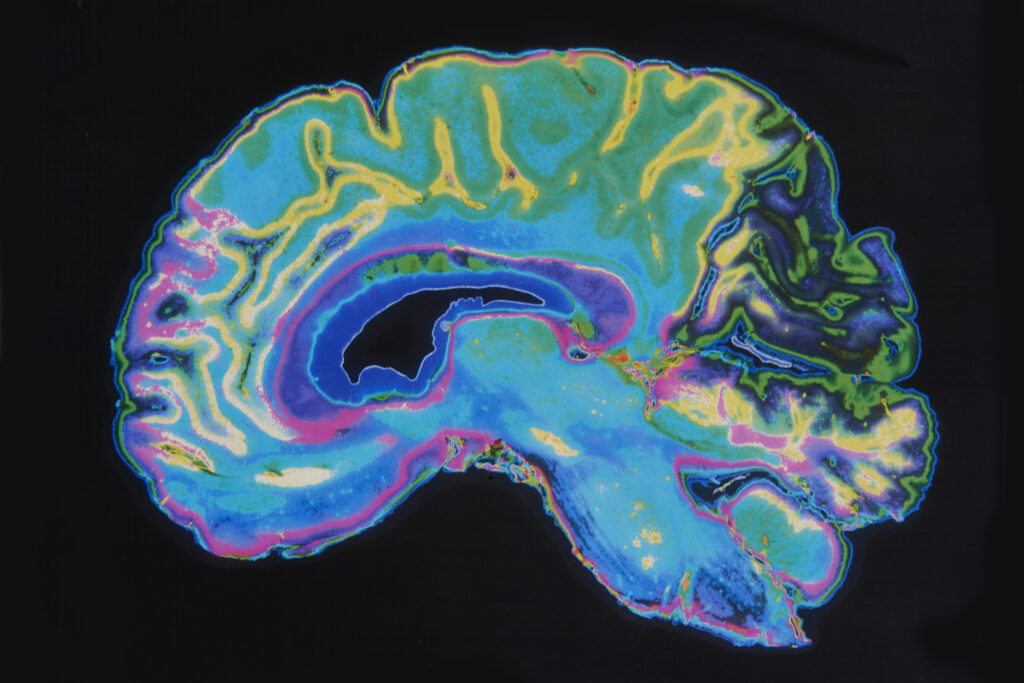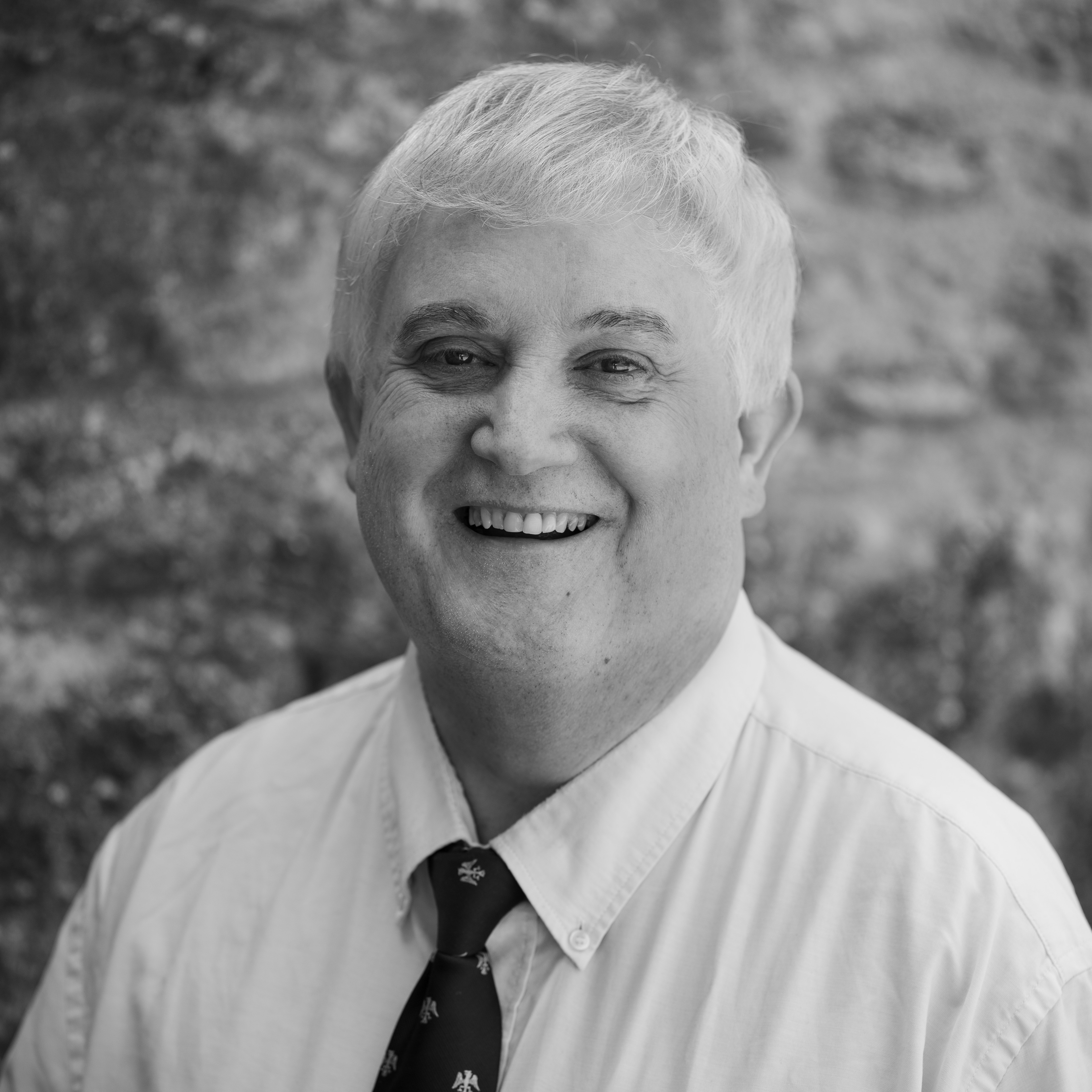New research published in Developmental Cell identifies the patterns by which microglia, the resident immune cells of the brain, colonise the developing brain across the human lifespan.
The study was led by Dr David A. Menassa, stipendiary lecturer of neuroscience at the College, and is the result of many years of work when Dr Menassa also held a postdoctoral research fellowship in the Gomez-Nicola laboratory at the University of Southampton. The work was funded by the Leverhulme Trust.
For the first time, Dr Menassa, alongside a team of scientists and international collaborators, established an extensive collection of post-mortem human tissues from the early embryonic age until late adulthood. The collection took several years to compile and has enabled the creation of a valuable roadmap of human microglial development.
Until now, most of our knowledge about microglia had come from studies on non-human subjects. Because microglia are part of the pathology of neurodevelopmental disorders such as autism spectrum disorders, intellectual disability, and schizophrenia, studying human microglial development is particularly crucial.
The study, The spatiotemporal dynamics of microglia across the human lifespan, identifies critical time windows during human brain development and the early postnatal age when microglial cells undergo deep changes in their numbers and their gene signature. These waves of colonisation by microglia are intimately associated with neurodevelopmental structures important for cognition. This pattern is strikingly different to what we see in non-human studies whereby microglia undergo expansion patterns that undulate during brain development (see graphical abstract below), which is very exciting.




With this information, understanding how this process may go awry and how it can alter healthy brain development may suggest a re-evaluation of what we know from non-human studies.
Though the results from this study challenge some previous findings, the data generated provide exciting avenues and a rich resource to further examine how microglia develop in association with the neurodevelopmental landscape in humans and how they may lead to neurodevelopmental disorders.
Human tissue research is challenging, but the end result is very rewarding.
Podcast: Brain Explained
Microglia are the brain’s defense system and cleaning system and so are incredibly important for the normal functioning of the brain if you want to learn more about these fascinating cells then be sure to listen in to this episode of Brain Explained.
Podcast: Autism Science Foundation
This podcast explores how microglia shape the brain during critical periods of development, and what this means for ASD.



